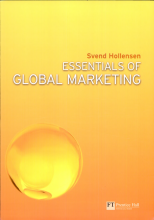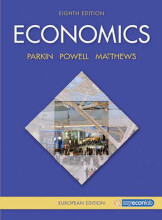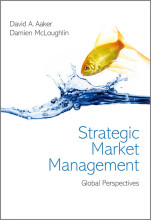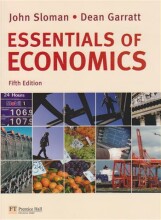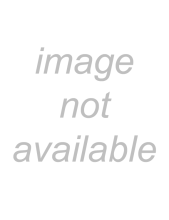Summary: Essentials Of Global Marketing | 9780273717843 | Svend Hollensen
- This + 400k other summaries
- A unique study and practice tool
- Never study anything twice again
- Get the grades you hope for
- 100% sure, 100% understanding
Read the summary and the most important questions on Essentials of Global Marketing | 9780273717843 | Svend Hollensen
-
1 Global marketing in the firm
-
1.2 Comparison of management styles
This is a preview. There are 3 more flashcards available for chapter 1.2
Show more cards here -
What is a SME?
Small and medium scale enterprisesSmall: < 50 employeesMedium: < 250 employees -
What is economies of scale?
Accumulated volume in producten, resulting in lower cost per unit -
How do you find economies of scale?
· Reducing operating costs per unit and spreading fixed costs over larger volume due to experience curve effects.
· Pooling global purchasing gives the opportunity to concentrate global purchasing power over suppliers. This generally leads to volume discounts and lower transaction costs.
· A company needs to focus a critical mass of talent in one location.
-
What is economies of scope?
Reusing a resource on a business/country in additional businesses/countries -
2 Initiation of internationalization
-
2.1 Triggers of export initiation
This is a preview. There are 2 more flashcards available for chapter 2.1
Show more cards here -
What is are the differences between proactive and reactive motives?
Proactive motives represent stimuli to attempt strategy change, based on the firm’s interest in exploiting unique competences (e.g. a special technological knowledge) or market possibilities.
Reactive motives indicate that the firm reacts to pressures or threats in its home market or in foreign markets and adjusts passively to them by changing its activities over time.
-
What are the reactive reasons for internationalization?
- Competitive pressures- Domestic market- Overproduction- Unsolicited foreign orders- Extend sales of seasonal product- Proximity to internal customer distance -
What are the external triggers of export initiation?
- Market demand
- Competing firms
- Trade associations
- Outside experts
-
2.2 Internationalization barriers/risks
This is a preview. There are 1 more flashcards available for chapter 2.2
Show more cards here -
What are the different barriers hindering internationalization?
· Critical factors hindering internationalization initiation include the following (mainly internal) barriers:
· Insufficient finances;
· Insufficient knowledge;
· Lack of foreign market connections;
· Lack of export commitment;
· Lack of capital to finance expansion into foreign markets;
· Lack of productive capacity to dedicate to foreign markets;
· Lack of foreign channels of distribution;
· Management emphasis on developing domestic markets;
· Cost escalation due to high export manufacturing, distribution and financing expenditures.
-
What are the critical barriers in the process of internationalization? 3 groups.
1. General market risks- Language and cultural difference- Competition of other firms- Hard to find a good distributer2. Commercial risks- Exchange rate fluctuations- Delay/damage in the distribution process- Failure of export customers3. Political risks- Foreign government restrictions- Difficult regulations- Lack of government assistance -
4 Development of the firm's international competitiveness
-
4.1 Porter
This is a preview. There are 12 more flashcards available for chapter 4.1
Show more cards here -
What is in Porters diamond?
- Factor conditions (basic & advanced)- Demand conditions- Related and supported industries- Firm strategy, structure and rivalry- Government-Chance
- Higher grades + faster learning
- Never study anything twice
- 100% sure, 100% understanding
